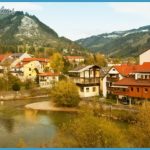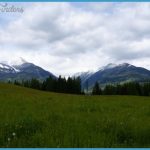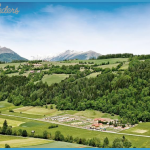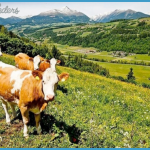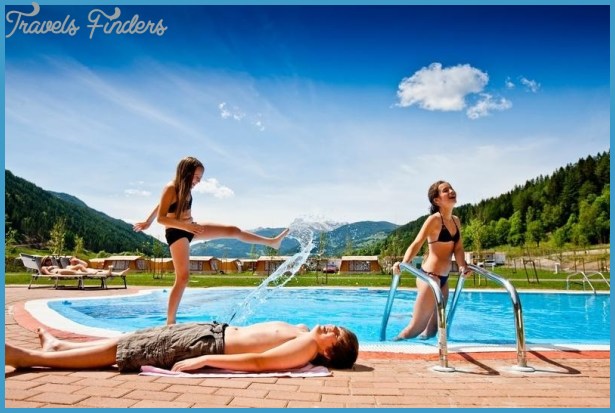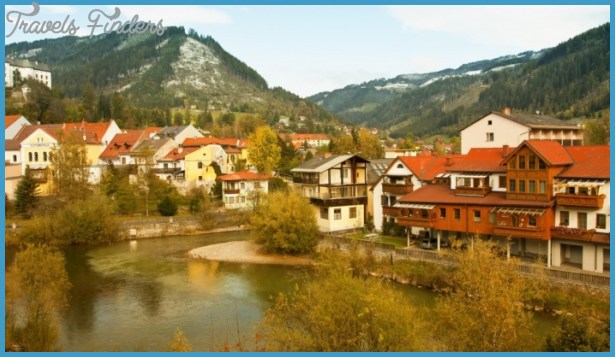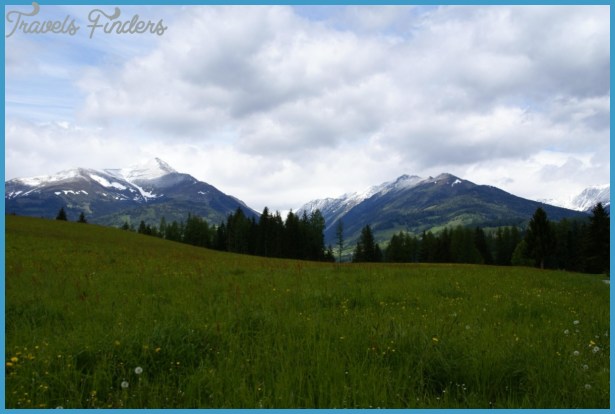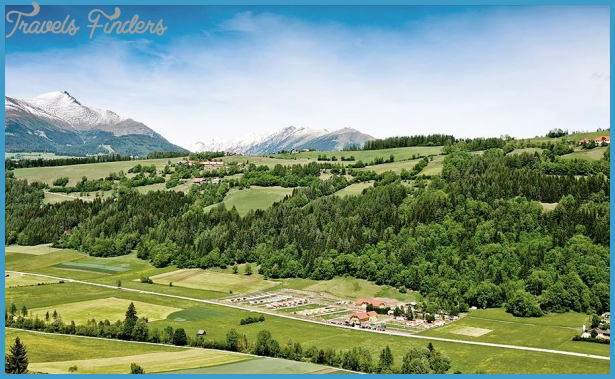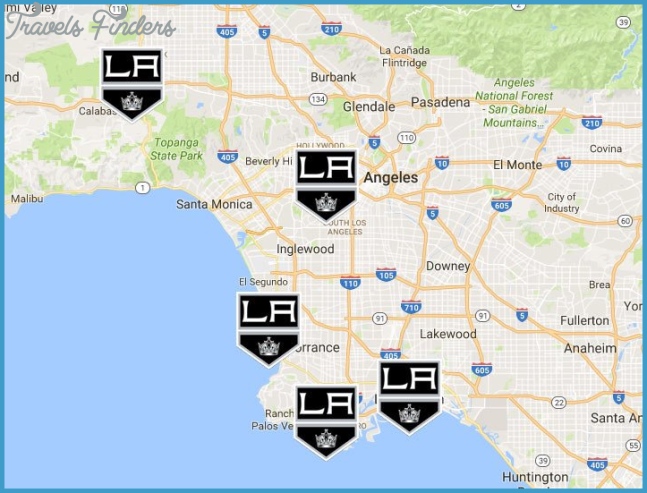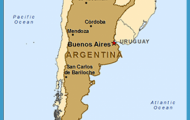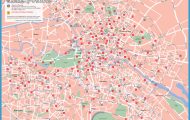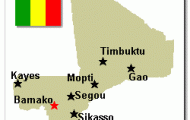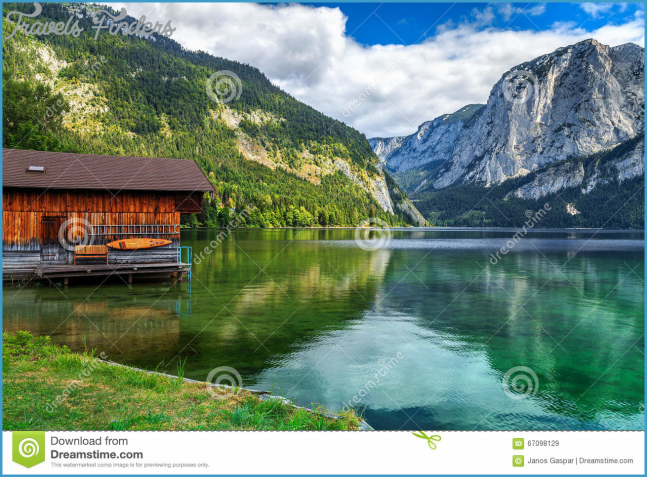ACCOMMODATIONS AND CAMPING OF AUSTRIA
ACCOMMODATIONS under ‚9 ‚9-15 ‚16-30 ‚31-70 over ‚70
Always ask if your lodging provides a guest card (Gastekarte), which grants dis counts on activities, museums, and public transportation. The Osterreiches Jugendherbergsverband-Hauptverband (OJH) runs the over 80 HI hostels in Austria. Because of the rigorous standards of the national organizations, these are usually very clean and orderly. Most charge ‚12-22 per night for dorms; non-HI members usually pay a surcharge. Independent hostels vary in quality, but often have more personality and foster a more lively backpacking culture. Hotels are expensive (singles ‚40-100; doubles ‚80-150). The cheapest have Gasthof Gdstehaus, or Pension-Gami in the name. Renting a Privatzimmer (room in a family home) is an inexpensive and friendly option. Rooms range from ‚20-50 a night; contact the local tourist office for a list. Slightly more expensive, Pensionen are similar to American and British bed-and-breakfasts. Camping in Austria is less about getting out into nature than about having a cheap place to sleep; most sites are large plots glutted with RVs and are open in summer only. Prices run ‚4-6 per person and ‚4-8 per tent. In the high Alps, hikers and mountaineers can retire to the famously well-maintained system of mountain huts (Hutten).
FOOD AND DRINK
FOOD under ‚5 ‚5-10 ‚11-16 ‚17-25 over ‚25
Loaded with fat, salt, and cholesterol, traditional Austrian cuisine is a cardiolo gist’s nightmare but a delight to the palate. Staple foods include pork, veal, sau sage, eggs, cheese, bread, and potatoes. Austria’s best known dish, Wienerschnitzel, is a breaded meat cutlet (usually veal or pork) fried in butter. Vegetarians should look for Spdtzle (noodles), Eierschwammerl (yellow mushrooms), or anything with the word Vegi in it. The best supermarkets are Billa and Hofer, where you can buy cheap rolls, fruits, and veggies. Natives nurse their sweet tooth with Kaffee und Kuchen (coffee and cake). Try Sacher Torte, a rich chocolate cake layered with marmalade; Linzer Torte, a light yel low cake with currant jam; Apfelstrudel; or just about any pastry. Austrian beers are outstanding try Stiegl Bier, a Salzburg brew; Zipfer Bier from Upper Austria; and Styrian Gosser Bier.
HIKING AND SKIING Nearly every town has hiking trails in its vicinity; consult the local tourist office. Trails are usually marked with either a red-white- red marker (only sturdy boots and hiking poles necessary) or a blue-white-blue marker (mountaineering equipment needed). Most mountain hiking trails and mountain huts are open only from late June to early September because of snow in the higher passes. Western Austria is one of the world’s best skiing regions; the areas around Innsbruck and Kitzbuhel are saturated with lifts and runs. High season normally runs from mid-December to mid-January and from February to March. Tourist offices provide information on regional skiing and can suggest budget travel agencies that offer ski packages.


